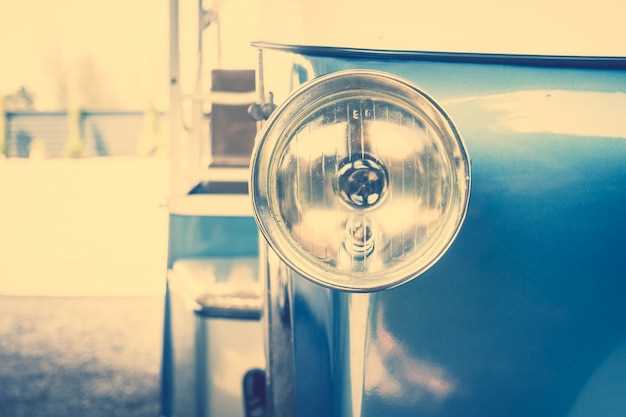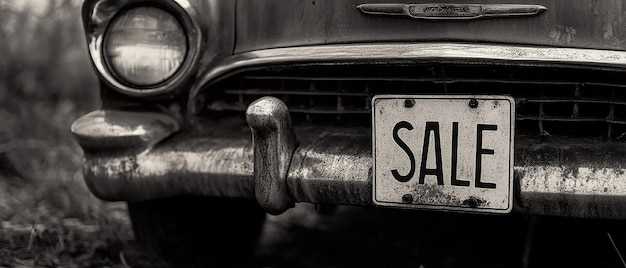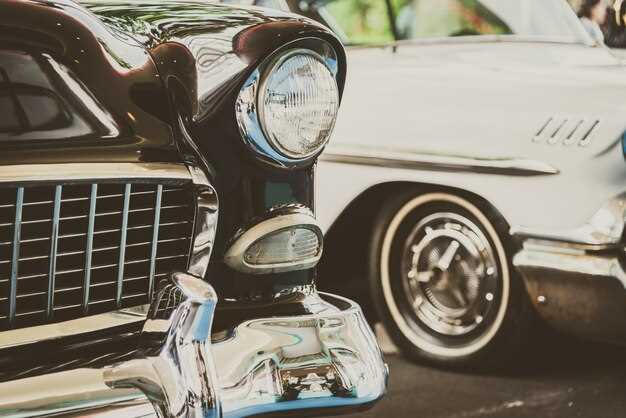
The world of antique vehicles is a fascinating realm where history and craftsmanship converge. Collectors and enthusiasts alike are drawn to these vehicles, often willing to invest significant amounts of money to acquire rare models. However, understanding the factors that influence the pricing of antique vehicles is crucial for anyone looking to buy or sell within this market.
Several key factors determine the value of an antique vehicle, shaping its desirability and, consequently, its price. The make and model of the vehicle play a pivotal role, with certain brands and designs attracting higher demand due to their historical significance or unique features. Additionally, the vehicle’s condition, including maintenance history and restoration quality, significantly impacts its market value.
Other important factors include the vehicle’s provenance, rarity, and cultural significance, which can greatly enhance its appeal to collectors. Understanding these elements can help potential buyers and sellers navigate the intricate landscape of antique vehicle pricing, ensuring informed decisions are made in this ever-evolving market.
Condition and Restoration Impact on Vehicle Value

The condition of an antique vehicle is one of the primary factors influencing its pricing and overall worth. A well-preserved vehicle, maintained in its original state, typically commands a higher price compared to one that has experienced significant wear and damage. Collectors and enthusiasts often prioritize authenticity, and vehicles that retain their original components are usually deemed more valuable.
Restoration efforts can also play a crucial role in determining value. A professional, high-quality restoration can enhance the desirability and worth of an antique vehicle, especially when executed with attention to detail and fidelity to the original design. However, poorly done restorations may reduce value by deviating from original specifications or using non-authentic materials.
Furthermore, the extent of restoration impacts pricing; a complete restoration may significantly raise the vehicle’s market value, while minimal repairs might only slightly enhance worth. Potential buyers often look for detailed documentation of restoration work to evaluate the quality and authenticity, which can ultimately influence their willingness to pay.
In summary, both the existing condition and any restoration work performed are pivotal factors that greatly influence the pricing and worth of antique vehicles. Collectors must assess these elements carefully to determine fair market value.
Market Demand Trends for Specific Models and Eras

Antique vehicle pricing is significantly influenced by market demand trends, particularly for specific models and eras. Certain vehicles gain prominence due to historical significance, performance, or cultural impact, affecting their worth in the marketplace. Classic muscle cars from the 1960s exhibit a strong demand, driven by nostalgia among collectors and enthusiasts who value power and design. The scarcity of well-preserved examples further elevates their pricing, reflecting their desirability.
Similarly, vintage European cars, such as those from the 1950s and 1960s, are sought after by collectors who appreciate craftsmanship and engineering excellence. Brands like Ferrari and Porsche often experience surges in worth due to their iconic status and limited production numbers. As enthusiasts’ interest shifts towards specific eras, the pricing of these vehicles fluctuates based on their perceived rarity and historical relevance.
Emerging trends also highlight the rise in demand for electric and hybrid vintage vehicles as collecting becomes more environmentally conscious. This shift impacts pricing, as early electric models that represent a significant technological transition are beginning to gain attention. Collectors are now considering these vehicles for their innovative attributes, which could redefine worth in the antique vehicle market.
Finally, external factors, such as economic conditions and the popularity of automotive events, can influence market demand for specific models. Auction results and collector shows often dictate current pricing trends as they showcase the most desired vehicles. Ultimately, understanding these market dynamics is crucial for both buyers and sellers in navigating the intricate world of antique vehicle pricing.
Documentation and Provenance’s Role in Valuation
Documentation and provenance are crucial elements in determining the worth of antique vehicles. A well-documented history adds significant value, as it provides potential buyers with assurance regarding the vehicle’s authenticity and condition. Comprehensive records, including previous ownership, maintenance, and restoration details, enhance credibility and can justify higher pricing in the market.
The provenance of a vehicle refers to its history of ownership, which often includes notable previous owners or participation in significant events. Vehicles with a storied past, such as those owned by celebrities or featured in iconic films, can fetch much higher prices due to their unique narrative. Collectors are often willing to pay a premium for vehicles that come with a compelling story, as it adds a distinct value that goes beyond mere mechanical condition.
In addition to enhancing emotional appeal, documented history can serve as a valuable tool in negotiations. Buyers may use documented disparities in a vehicle’s history to argue for lower pricing, while sellers can leverage immaculate records to secure better offers. Therefore, maintaining proper documentation and establishing a vehicle’s provenance not only plays a pivotal role in valuation but also influences the overall dynamics of antique vehicle pricing.


